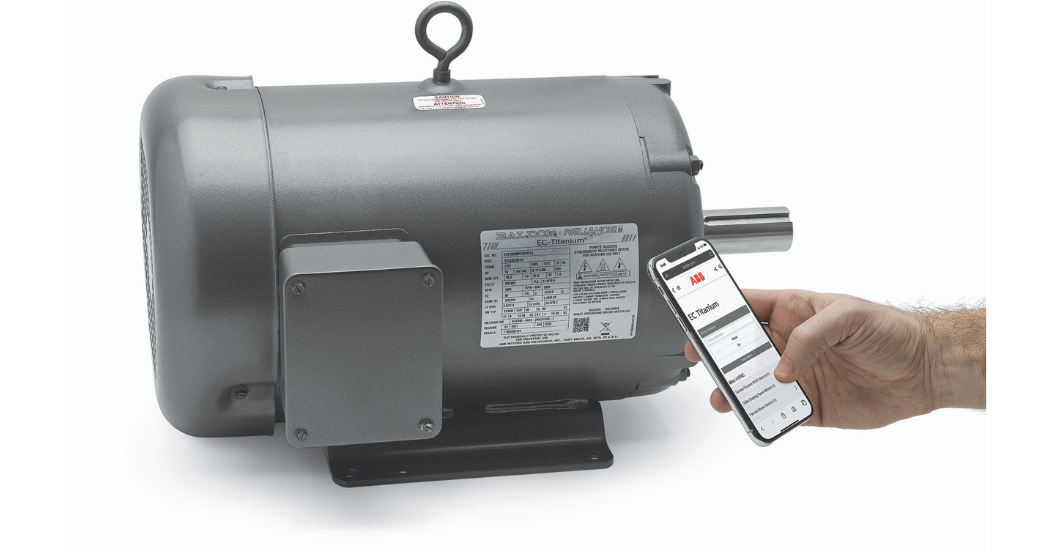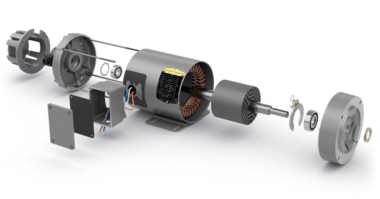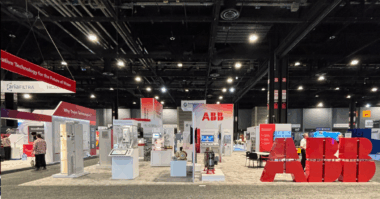With an abundance of motor technologies available, it pays to make the right choice for pump installations.
Motor-efficiency standards are in place, yet there is still demand to achieve greater performance to operate profitably. Pump systems currently use induction motors with standard NEMA mounting and have incorporated variable speed drive control to take advantage of partial load and speed energy savings. However, as regulations tighten on total pump system performance, more may be required to meet customer needs.
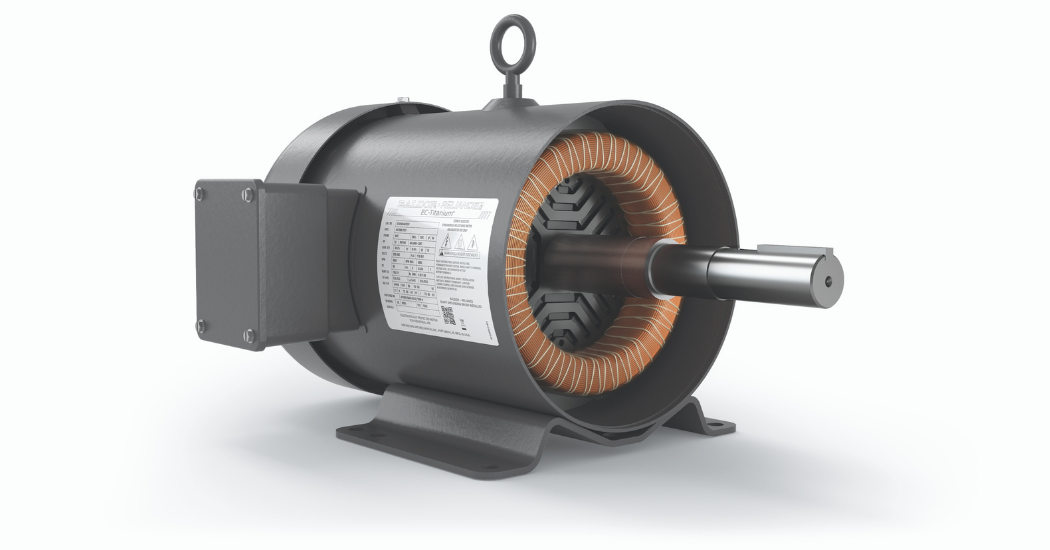
According to the U.S. Department of Energy (DOE), more than half of all electrical energy consumed in the United States is used by electric motors, and the International Energy Agency (IEA) estimates that electric motor-driven systems account for more than 40 percent of global electricity consumption. That number is expected to double by 2040, which is equivalent to adding an electricity market the size of China. In the U.S., fan systems account for 20 percent of the total industrial motor system’s electricity consumption, while compressed air and pump systems account for 22 and 40 percent, respectively.
Improving the efficiency of electric motors can save energy, reduce operating costs and improve productivity. Therefore, energy efficiency should be a key consideration when purchasing a motor. The annual energy cost of running a motor is usually many times greater than its initial purchase price; however, the purchase of a new motor is often driven by the price, not potential electricity consumption. Even a small improvement in efficiency will result in energy and cost savings. Investing a little more money upfront for a more efficient motor is paid back in energy savings; often in as few as one to three years. And, by following industry best practices, electrical motors can be improved by 20 to 30 percent, resulting in significant savings and reduced environmental impact, especially in motors that can remain in operation for 20 years or longer.
Many countries and regions around the world have established minimum efficiency performance standards (MEPS) for motors used in industrial, commercial and residential applications. The ability to establish and enforce MEPS, however, depends on a standardized testing and classification system for motor efficiency.
To standardize motor efficiency classifications, the International Electrotechnical Commission (IEC) introduced the standard IEC 60034-30: 2008, which was updated in 2014. IEC 60034-30-1 defines IE efficiency classes based on frequency, number of poles and motor power without regard to motor technologies or supply voltage, making different motor technologies fully comparable with respect to their energy efficiency potential and leveling the playing field between established and new, innovative, motor technologies to enable fair competition and market development.
The next version of the IEC standard will introduce the IE5 class, known as Ultra Premium Efficiency. The Ultra Premium Efficiency class has not been specified in standards yet, but some manufacturers have already developed motors that will be compliant.
Synchronous reluctance, ferrite magnet assisted rotor technology (FASR) allows IE5 efficiency to be achieved across a wide speed/load range, while still utilizing existing NEMA frames and pump mounting capability. FASR systems will maintain higher efficiency at partial loads, and the near unity power factor motor permits selection of smaller drives, reducing the footprint of the integrated system.
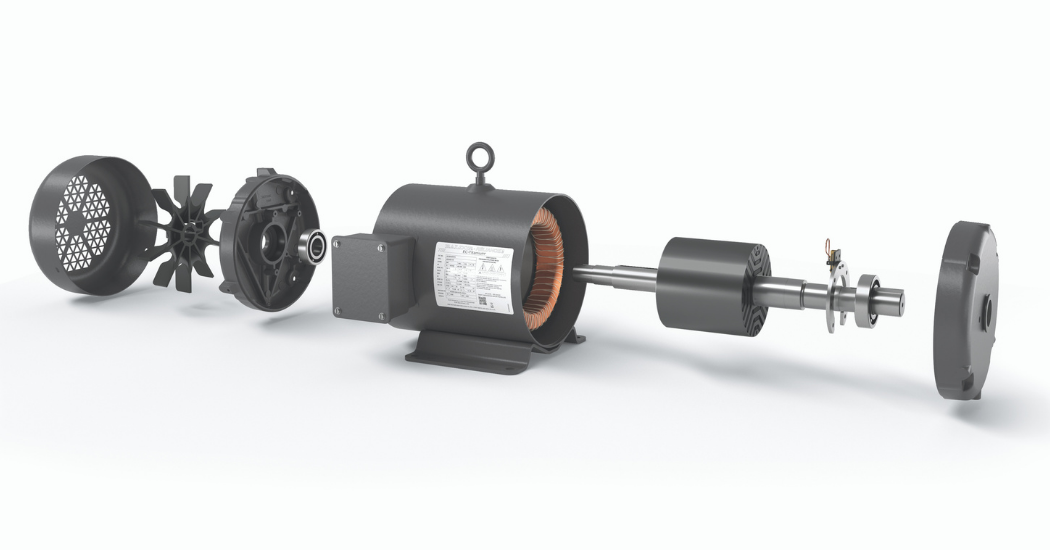
Ferrite assisted synchronous reluctance (FASR) motors operate on the same principle as induction motors for rotation and utilize a standard induction motor stator winding. The base mechanical rotor is a synchronous reluctance design. These motors have flux barriers (air gaps in rotor) that direct the flow of current in the rotor and eliminates losses normally associated with induction solid rotors.
No-loss rotor = Higher efficiency (losses only occur in the stator)
FASR motors add ferrite magnets to the rotor, which add to torque generation and field strength. No current is required for ferrite magnets, which results in zero losses and added field strength. This further improves overall efficiency (less losses).
Less work stator = lower losses overall = higher efficiency
The stator only supplies “torque on demand” beyond ferrite field strength and allows optimization of current and partial loads. Finally, the magnet material improves the power factor to at least 92% and up to 98% range. This results in less current draw than induction motors as well as a smaller packed option or the ability to use a smaller stand- alone drive.
Ferrite Assisted Synchronous Reluctance motor technology employs readily available, price stable, and environmentally sustainable ceramic magnet material – ferrites, or more commonly known as the kind of magnet you find on paper holders for your refrigerator. FASR systems are the best motor in terms of cost and performance you can design using Ferrite magnets.
FASR motor design allows maximum utilization of the active materials: electrical steel, copper and permanent magnets– to achieve extremely high efficiency and performance. The rotor design produces a motor with extremely low starting current and less cogging resulting in ultra-quiet operation and lower mechanical stress.
The high power factor and efficiency produce an extremely cool running motor, up to 20% lower temperature rise than induction designs. Heat is life for a motor and lower temperatures result in longer component life (bearings, grease and winding insulation) and increased reliability. Higher power density per rating is also possible, resulting in motors available in smaller, lighter weight frames allowing greater pump system design flexibility.
The end product is suitable for constant and variable torque applications – the performance is also excellent in the constant power range. The machine is characterized by a “flat” efficiency map which means that efficiency stays high at any speed and also at partial load. The FASR design incorporates an integrated motor/drive solution saving control panel space and reduces wiring costs by placing the drive on top of or on the opposite drive end of the motor.
Not only is efficiency important, lowering your total cost of ownership from structural design, easy commissioning and overall facility safety is equally as critical when retrofitting existing pump designs to new technology platforms. Installation and retrofitting costs are kept at a minimum since the FASR technology is designed around standard NEMA dimensions and mounting for ease of retrofitting. These motors share the same building blocks as standard induction motors which guarantees extreme high production capacity, product configurability and versatility for application.
Pump Efficiency Regulations are driving replacement of many induction motors with higher efficiency motor technology and creating changes to the types of products presented in the marketplace. Building operators and management can transform their smart buildings into even smarter, more sustainable and efficient spaces by utizing FASR motor technology.
About the author:
 Mark Gmitro is the Global Product Manager for the Baldor-Reliance® Variable Speed Motor Business at ABB. In this role he is responsible for the long-term profitable growth of variable speed motors including marketing analyses and management of product life cycles for new and existing platforms based on market and product requirements.
Mark Gmitro is the Global Product Manager for the Baldor-Reliance® Variable Speed Motor Business at ABB. In this role he is responsible for the long-term profitable growth of variable speed motors including marketing analyses and management of product life cycles for new and existing platforms based on market and product requirements.
Mark has more than 30 years of experience in product and application engineering, particularly with variable speed drives, PLCs, motors and mechanical power transmission products. Mark has a Bachelor of Science degree in Electrical and Electronics Engineering from University of Illinois at Urbana-Champaign.
Read more about ABB Baldor-Reliance® motors!

